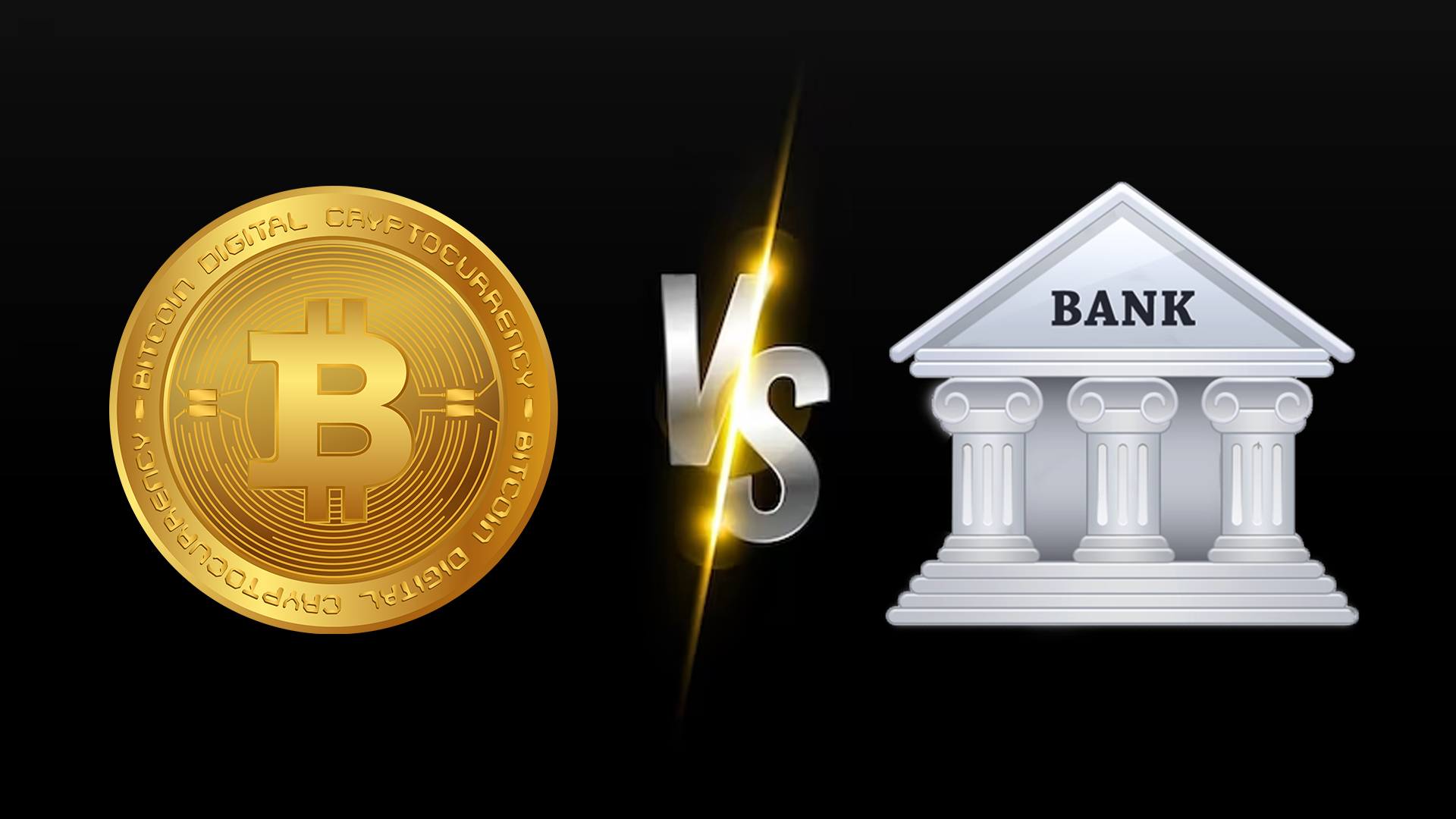- The cryptocurrency market is evolving rapidly with innovative projects.
- The limitations of traditional banking are overcome by cryptocurrencies, which provide more efficiency, accessibility, and security.
- The market is moving towards decentralized and blockchain-based systems.
Traditional banking is the backbone of the financial system but as the market is evolving, the shift is going towards cryptocurrencies. The features of cryptocurrencies, such as scalability, decentralization, security, transparency, accessibility, immutability, etc., benefit the market and attract more users.
What Is Cryptocurrency?
It is the digital or virtual currency underpinned by cryptographic systems. These do not involve the use of third-party intermediaries and enable secure online payments. ‘Crypto’ means various encryption algorithms and cryptographic techniques that safeguard entries, such as public-private key pairs, hashing functions, and elliptical curve encryption. These are based on blockchain technology, which is essentially a set of connected blocks of information on an online ledger.
Each block contains a set of transactions that are verified independently by each validator on the network. Cryptocurrency is attached to a reputation as an unstable investment due to high investor losses due to hacks, bugs, scams, and volatility. Hence, cryptocurrency investors should be aware of the following risks: user risks, counterplay risks, regulatory risks, management risks, market manipulation risks, and programming risks.
The advantages of cryptocurrency are that it removes single points of failure, removes third parties, can be used to generate returns, makes it easier to transfer funds between parties, and facilitates remittances. The disadvantages are pseudonymous transactions, being expensive to participate in a network and earn, volatile prices, criminal uses, and off-chain security issues.
Traditional Banking
It is the backbone of the financial system. It is a centralized banking system that requires individuals to rely on intermediaries. It has some limitations, such as slower transactions, potential privacy concerns, and higher fees. The traditional banking sector can be less accessible to individuals without access to formal banking services.
Crypto Over Traditional Banking
The limitations of traditional banking can be overcome by cryptocurrencies, as transactions are generally faster and allow instantaneous transfers across borders. It is beneficial for remittances and global commerce. It provides increased accessibility and can be accessed and utilized by anyone with an internet connection. This factor empowers individuals to participate more in the digital economy.
The security feature of cryptocurrencies is the greatest key that provides users with greater control over their funds. The immutability and transparency of blockchain technology reduce the risk of fraud and unauthorized transactions. The assets are safeguarded by private keys and cryptographic protocols and grant a higher level of security and ownership to users.
Cryptocurrency presents an alternative to traditional banking systems as the financial landscape evolves by offering accessibility, security, and speed. Dogetti is a unique branding and community-oriented approach that exemplifies the potential of cryptocurrencies in the market.
Conclusion
Both traditional banking and cryptocurrency have their merits but the emergence of some projects, such as Dogetti, showcases the transformative power of digital finance. Cryptocurrencies address the limitations of traditional banking. The crypto market is evolving rapidly and offering innovative projects that have the potential for substantial returns.


